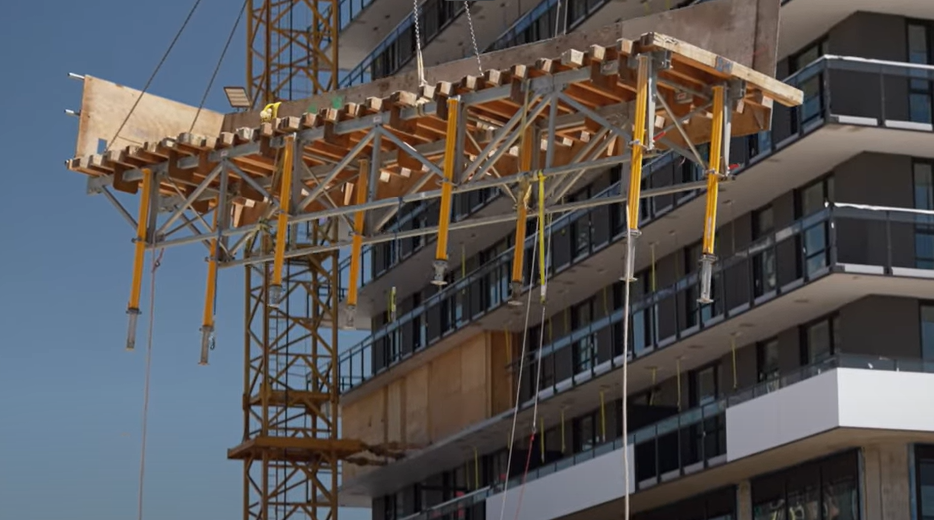Retired auditor goes up against the critics

I don't know how many audits I have conducted over the last 20 years but I know it is in the hundreds. One of the areas that I have found hardest to assess as an auditor is the hazard assessment process.
Let’s look at pre-job hazard assessments. In many parts of the country, workers are required by legislation to complete a pre-job hazard assessment before commencing work. Personally I think the introduction of this legislation was long overdue. One can argue the value of these assessments (and believe me I have heard all of the arguments). Many critics of the assessment process will tell you they are already informally assessing their tasks before they commence work; therefore, there is no need to duplicate their informal assessment with a formal one. The reality is incident statistics tell us not all workers conduct informal assessments, at least not good ones. Other arguments I have heard against the use of these documents is that the assessment only requires them to check off a bunch of check boxes and once completed, they get little real benefit from the process. I’ve reviewed many of these documents and generally find the assessment form does a pretty good job of covering off routine repetitive work but a poor job of requiring workers to assess the new hazards of their ever changing work environment.
Most often, it is the poor quality of the assessment that leads to the poor employee perceptions of the hazard assessment process. If the company accepts poor quality assessments, that is what they will get and employees will not benefit from the process. If you have been experiencing some negative feedback on your assessment process, you should be looking for ways to improve the quality of the assessments. The following tips will help you do just that:
1. Make sure all assessments are in fact being completed before the work is carried out. As an auditor, I have discovered some workers completing the assessments before they get to the jobsite and others completing them after the job are completed. Clearly, these employees view the process as just another wasteful management requirement that stands in the way of getting the work done. I don’t know of any worker that could see benefit in an assessment completed on route to the job site or after the work was carried out. This issue is easily solved by supervisors conducting frequent checks for completed assessments.
2. Assess hazard assessments for quality and let employees know if they are meeting quality expectations. If the assessments you are reviewing are littered with phrases such as “be careful”, “be aware”, “be safe”, “keep mind on task”, “wear appropriate PPE”, they may be missing the opportunity to provide quality preventive direction in the assessment. Show employees examples of assessments that meet the quality expectations. Show them your completed assessment or, with permission, the completed assessments of peers whose assessments are meeting quality expectations.
3. Recognize employees that have completed quality hazard assessments. There are many methods one can use to recognize employees from a simple pat on the back to handing out movie passes to employees whose assessments meet the quality standards. Negative consequences should be administered to employees not meeting expectations or not completing the assessments.
4. Design the assessment document so that it is easy to complete but be sure the form requires workers to think and document all their potential hazards. In an effort to make the assessment process easier for workers to complete, some companies have created assessment forms that do not challenged the worker to identify hazards of a changing work environment. The result is an assessment that may catch routine task hazards but miss other significant hazards that could result in an incident.
Pre-job hazard assessments are an excellent preventive tool that employees can use to assess their work and work site hazards before the work is carried out. Make sure your company is getting all of the potential benefits out this process. Demand high quality assessments from your employees.






